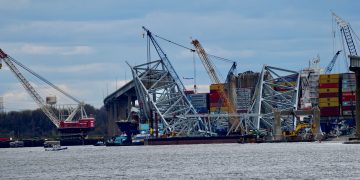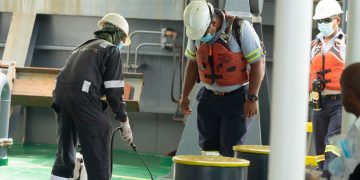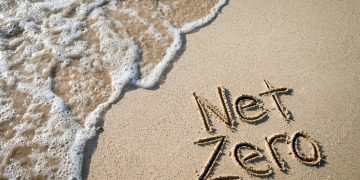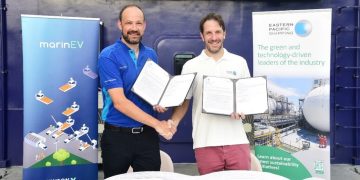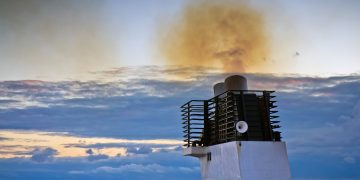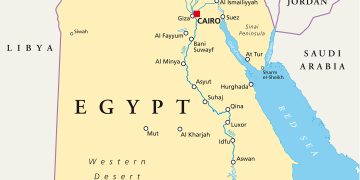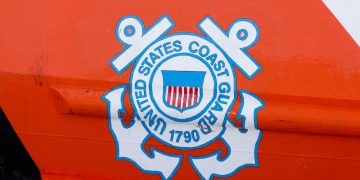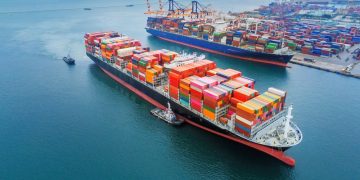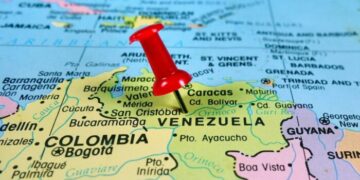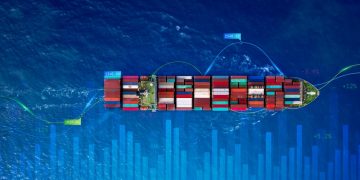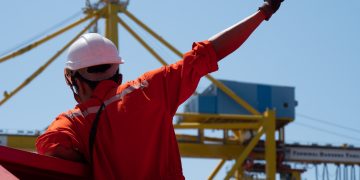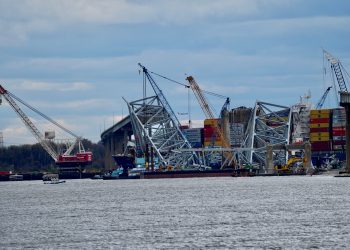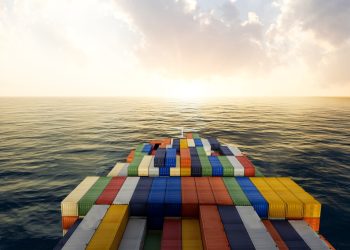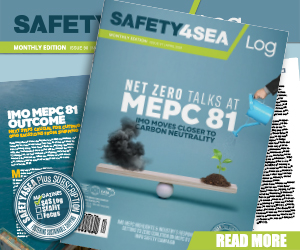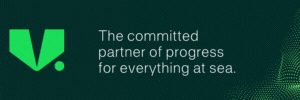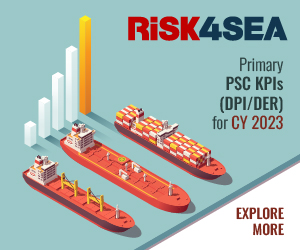Allision between USNS 1st LT Harry L. Martin and the John Mathews Bridge

U. S. Coast Guard (USCG) Sector Jacksonville conducted a comprehensive investigation into the circumstances involving the allision between the USNS 1st LT Harry L. Martin and the John Mathews Bridge on 26 September 2013.
The investigation gathered facts, analyzed the facts and made safety recommendations to parties that have control over causal factors that were noted in the investigation.
| Important Findings |
|
Safety Recommendations
Eight safety recommendations were made, five to the U.S. Coast Guard, and one each to FLDOT, Military Sealift Command, and the National Oceanographic and Atmospheric Administration. The following are responses from the Coast Guard Headquarters Office of Investigations and Analysis (CGHQ
INV) on each recommendation.
U.S. Coast Guard
1) Recommendation: Commandant of the Coast Guard initiate a policy change that requires bridge owners to utilize plans that are certified by a professional engineer when sending correspondence to the District Bridging staffs.
CGHQ INV: Partially concur with this recommendation. I agree on the need for accuracy of data on the actual vertical clearance of bridges in order to ensure that vessel operators can accurately determine whether their vessels and/or tows can safely pass under. As a result, Commandant will review its current Bridge Permit Application policies to determine whether including certified/ surveyed as-built vertical and horizontal clearances should be required when submitting completion reports to the Coast Guard.
2) Recommendation: It is recommended that findings discovered in the course of an investigation, which may have an impact or prevent another incident, be shared with other Captains of the Port.
CGHQ INV: Partially concur with this recommendation. A recent review of casualties found that over the last eleven years, overhead bridge strikes account for 1.2% of all vessel allisions investigated by the U.S. Coast Guard. That equates to 205 incidents, all of which involved fixed, swing, lift or draw bridges. A primary causal factor associated with these casualties was the lack of accurate air draft data for either the towing vessel or its tow being made available to the responsible Master or Mate. Knowledge of a vessel’s air draft is a critical component in determining whether a vessel can pass safely under a bridge or overhead structure. As a result of that review, the U.S. Coast Guard issued Marine Safety Alert 09-14, “Air Draft is Critical” on September 9, 2014. While not specific to this casualty, the safety alert addresses the same factors identified in this investigation and provides recommendations to owners and operators of vessels to address them.
3) Recommendation: It is recommended that Commander, Seventh Coast Guard District bridge division (D7 (dpb)) review its internal procedures and initiate a policy change to ensure all bridgeplans submitted are reviewed for accuracy and match the information published on current National Oceanographic and Atmospheric Association charts.
CGHQ INV: Partially concur with this recommendation. Modifications to any bridge which permanently impacts the vertical or horizontal clearance are reviewed, and if the changes are approved, the bridge permit is amended. The Coast Guard Headquarters Office of Bridge Programs (CG-BRG) will review policy to determine whether including certified/surveyed as-built vertical and horizontal clearances should be required when submitting completion reports to the Coast Guard.
4) Recommendation: It is recommended that the Commandant of the Coast Guard initiate procedures to encourage all Captain of the Ports to review their internal processes to ensure dead ship tow application procedures are aligned with Commandant policy & reflect applicable Coast Pilot provisions.
CGHQ INV: Does not concur with this recommendation. This recommendation and its endorsements imply that the processes and procedures employed by the Captain of the Port in this instance were not aligned with Commandant policy or applicable Coast Pilot provisions. However, there is no indication what specific problems existed, how they may have played a role in this casualty, nor that misalignment between COTP procedures and Commandant policy might be a common problem among other Captains of the Port. As such, I do not intend to initiate the recommended action.
5) Recommendation: It is recommended that the Commandant of the Coast Guard initiate directives to require the owners of bridges that span waterways capable of deep draft vessel traffic install air gap monitors with self reporting capabilities. When possible these systems should be added to existing port projects to provide mariners enhanced and real time information to dynamic port environmental conditions.
CGHQ INV: Partially concur with this recommendation. I agree that knowledge of the air gaps/vertical clearances for bridges is often important information mariners need to know to ensure their vessels can safely pass under them. I also agree that the use of air gap monitors with real time/self reporting capabilities would be an excellent means to provide that type of information; however, it is unclear at this point in time whether such a requirement would survive the cost-benefit analysis that would be required for any new regulations that would give the Coast Guard to require their installation. As a result, while the Coast Guard is not yet ready to seek new regulations, it will perform a review of this issue in order to determine whether there is adequate justification for such a requirement and the extent to which it might be applied.
FLDOT
1) Recommendation: FLDOT should conduct an internal review to ensure that all of the bridges it owns, which span a navigable waterway, were surveyed by FLDOT within the last 20 years, and if the results differ from charted information, the new data to be submitted to the Coast Guard for correction.
CGHQ INV: Partially concur with this recommendation. While the investigation found that there was a difference of three feet in the documented air gap and the actual air gap for the Matthews Bridge, implementation of the recommended action would place a significant burden on the FloridaDepartment of Transportation to survey fixed structures that do not substantially change over time and without sufficient evidence that the such errors are a common problem. Additionally, it should be standard practice for any marine casualty investigation of a bridge allision to identify the actual horizontal and vertical clearances of the bridge involved as compared to the published clearances in order to determine whether or not they were a causal factor in the incident. In any instance where differences are identified, this information should be shared with the bridge owner so that they can get the published clearances corrected. Commandant will ensure that its policy with respect to marine casualty investigations of bridge allisions is clear on this point.
National Oceanographic and Atmospheric Administration
1) Recommendation: It is recommended that the National Oceanographic and Atmospheric Administration install a tide station along the St. Johns River in the vicinity of the Mathews Bridge. The nearest tide station is approximately 12 miles upstream on a small creek at the Interstate 295 Bridge crossing (Station ID: 872035). The next closest station is approximately 15 miles downstream at the Mayport Pilot station (Station ID: 8720218). The Long Branch tidal station (Station ID: 8720242) which is located approximately 2 miles downstream of the Mathews bridge was taken out of service in April 2004.
CGHQ INV: Does not concur with this recommendation. As noted in the District Commander’s endorsement, tidal influence was not a factor in this casualty. In addition, while it notes the distance between the nearest tidal stations currently in service and the location of this casualty, the investigation does not explain how this distance adversely affects the ability of mariners to utilize tidal information for their voyage planning, including the determination of the actual air gap of the Interstate 295 Bridge and their vessels’ clearance under it. As such, there is insufficient justification to forward this recommendation to the National Oceanographic and Atmospheric Administration
Military Sealift Command
1) Recommendation: It is recommended that the Military Sealift Command ensure that all vessels which were converted from commercial service, have construction plans (Trim and Stability booklet, General Arrangement, etc.) that are accurate and up to date.
CGHQ INV: Concur with this recommendation. During our review of this investigation the Military Sealift Command has advised the Coast Guard that it is aware of the issue identified in this investigation related to the accuracy of construction plans for vessels converted from commercial service and has initiated corrective action via its Safety Management System. Among the actions it has already taken, it has added checking the air draft, when applicable, to the entering port checklist for its vessels.
Source: USCG Image Credit: Wikipedia







